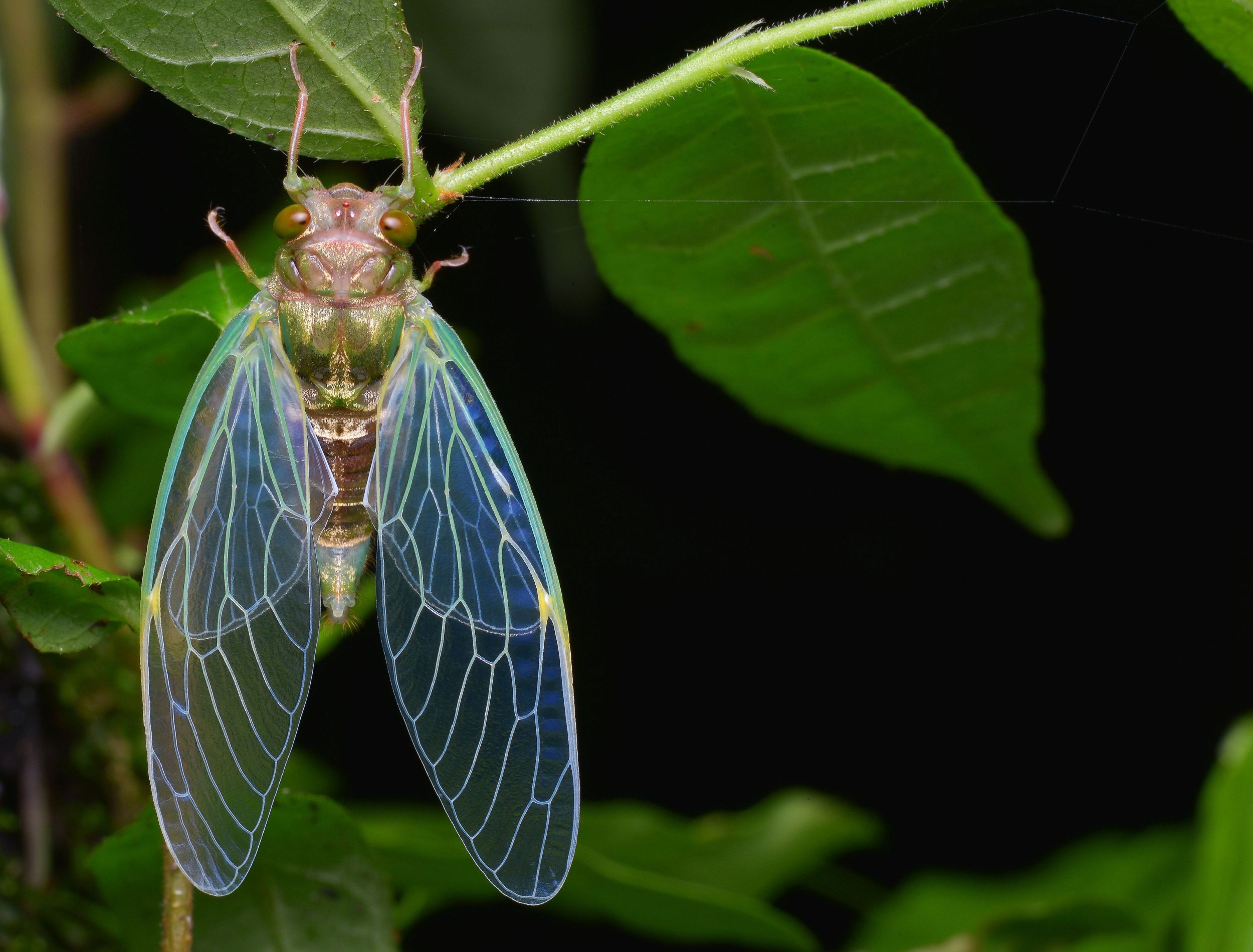Introduction
Cicadas are often a topic of concern for gardeners, especially when their distinctive buzzing fills the air during certain seasons. Many wonder, “Do cicadas eat vegetable gardens?” Understanding the impact of cicadas on vegetable plants is crucial to protect your garden and ensure a healthy harvest. This article explores the relationship between cicadas and vegetable gardens, addresses common misconceptions, and provides expert-backed strategies for gardeners to manage cicada activity effectively.
What Are Cicadas and Why Are They Important?
Cicadas are insects known for their loud mating calls and unique life cycles, which can span from a few years to over a decade underground. Most cicadas feed on xylem sap from tree roots and branches rather than leaves or vegetables. Their role in the ecosystem includes aerating the soil and providing food for predators like birds and small mammals.
Do Cicadas Damage Vegetables?
- Feeding Habits: Cicadas have piercing-sucking mouthparts designed to tap into tree sap, not to chew leaves or stems of vegetables.
- Vegetable Impact: Unlike pests such as aphids or caterpillars, cicadas rarely feed on vegetable plants, so direct damage is minimal to nonexistent.
How Do Cicadas Affect Vegetable Gardens?
While cicadas don’t typically eat vegetables, they can still affect your garden in other ways:
Egg Laying and Nymph Damage
- Female cicadas lay eggs by cutting slits into small branches and stems, mainly of woody plants. This can cause:
- Twig Dieback: Branch tips may die where eggs are deposited.
- Stress to Young Trees: Young fruit trees or shrubs in vegetable garden borders might be vulnerable.
Soil Disturbance
- Cicada nymphs live underground for years, feeding on root sap.
- Large emergences can disturb soil structure but usually do not harm vegetable roots significantly.
Identifying Cicada Damage in Your Garden
To protect your vegetable garden, it’s important to recognize cicada-related issues:
- Look for Tip Dieback: Check for wilted or dead twigs on woody plants near your vegetable beds.
- Observe Emergence Holes: Small holes in soil indicate where nymphs have surfaced.
- Listen for Noise: Loud cicada choruses usually mean a high presence but not necessarily damage to vegetables.
Effective Tips to Protect Your Vegetable Garden from Cicadas
Although cicadas rarely eat vegetables, their egg-laying habits can affect plant health. Here are expert recommendations:
- Use Physical Barriers: Cover young trees or delicate plants with lightweight netting during peak cicada activity.
- Delay Pruning: Avoid pruning trees and shrubs just before cicada emergence to reduce egg-laying sites.
- Maintain Plant Health: Healthy plants recover faster from minor cicada damage.
- Encourage Natural Predators: Birds and beneficial insects help keep cicada populations balanced.
- Mulch and Water: Proper soil care supports vegetable roots and minimizes stress.
When Should Gardeners Be Concerned?
- If you notice twig dieback in fruit trees bordering your vegetable garden, cicada damage may warrant intervention.
- Large cicada emergences can be startling but typically require minimal control measures for vegetable crops.
Conclusion
Cicadas do not eat vegetable gardens, and their feeding habits rarely cause direct harm to vegetable plants. However, their egg-laying behavior can stress nearby woody plants and young trees. Gardeners should focus on monitoring cicada activity, protecting vulnerable plants with physical barriers, and maintaining overall garden health. By understanding cicada behavior and applying practical management strategies, you can safeguard your vegetable garden while appreciating cicadas’ ecological role.
